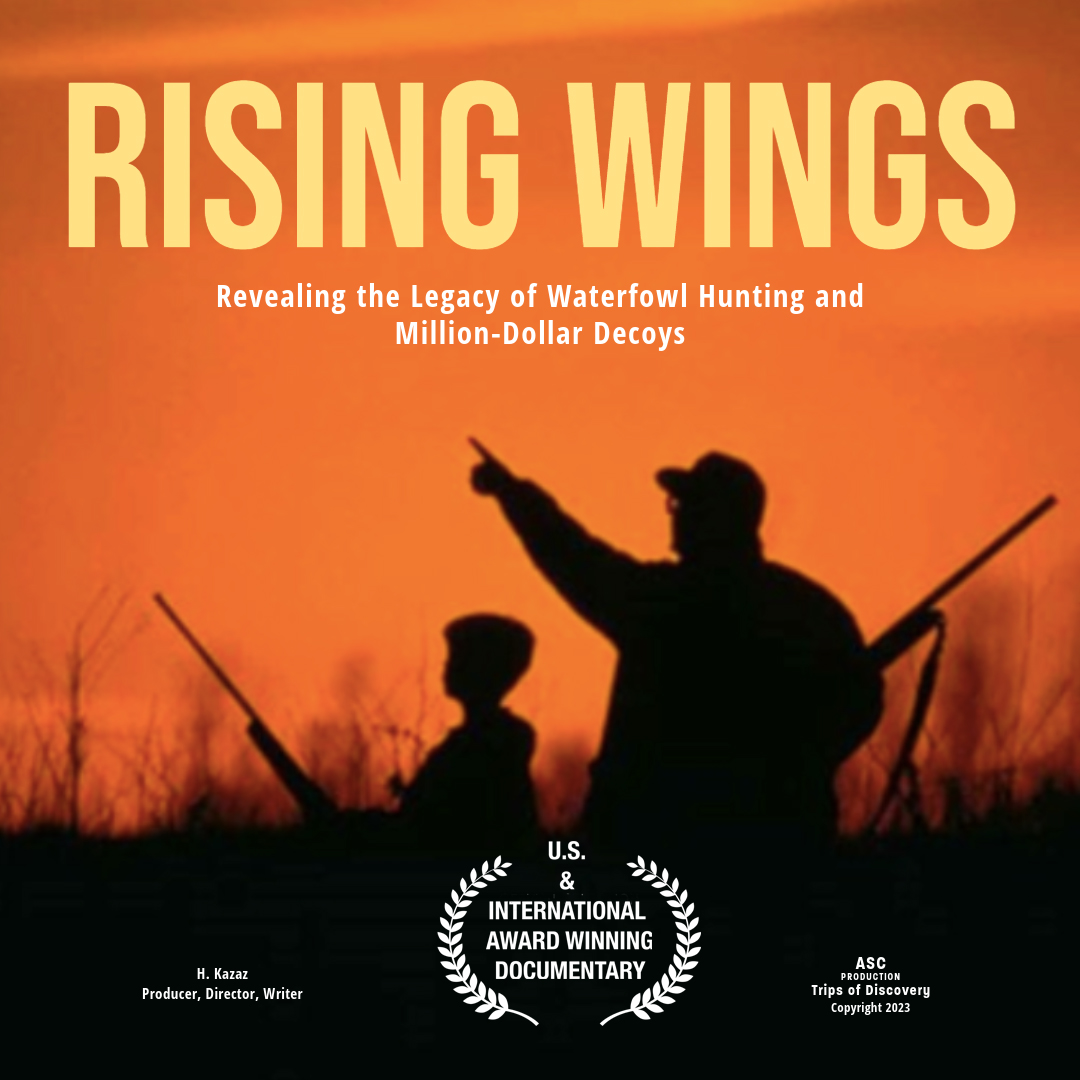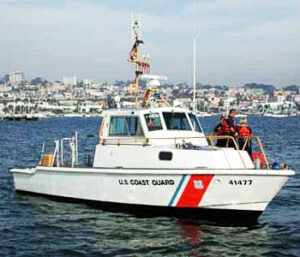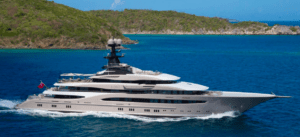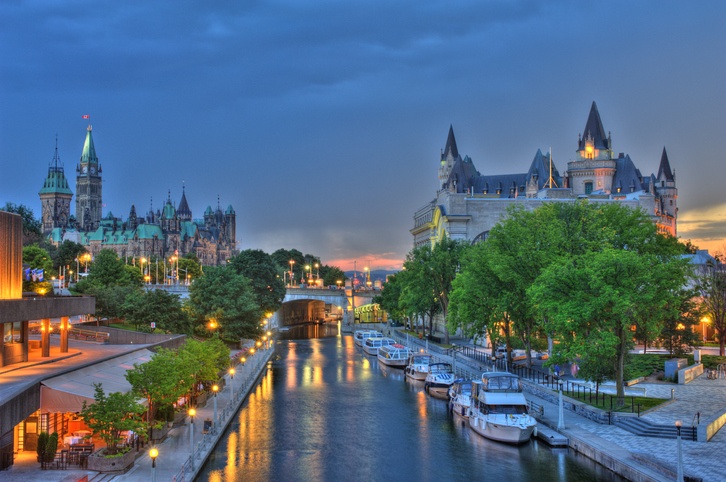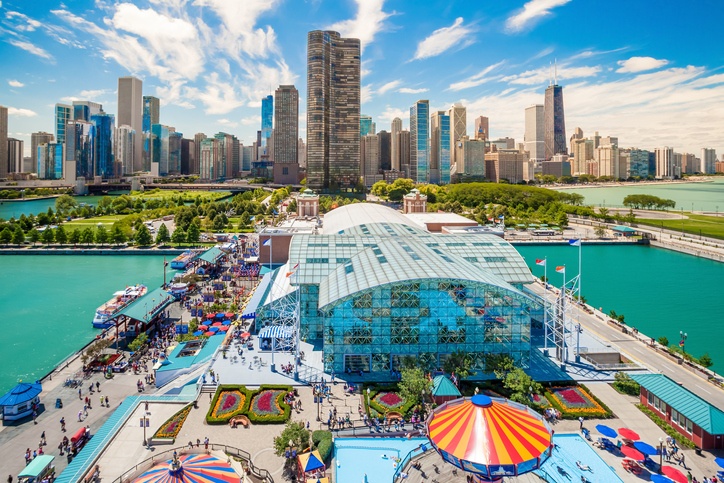What’s next now that Tokyo 2020 Olympic Sailing events have ended? Hope.
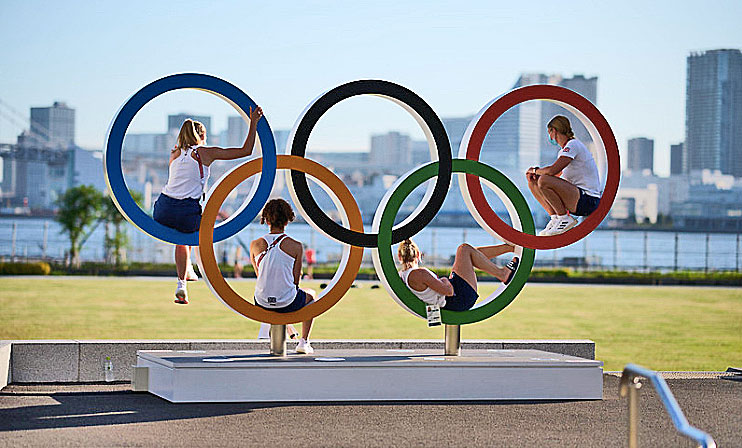
Estimated reading time 20 minutes – EDITORIAL – The spectacle that lasted 10 days on the beautiful waters of Enoshima Island, Japan, was something to behold—110 fleet races taking place in 6 race areas filled the horizon with 250 boats and boards. Hope brought 350 sailors there to capture one of the 30 medals to be awarded in 10 classes of boat/board categories. However, in 2020, the pandemic had put our lives on a roller coaster and turned our lives upside down. It must have been very hard for athletes to prepare themselves for years, bodily as well as mentally, for the summer of 2020 only to find themself in an abyss of forced cancellation of events due to the pandemic. That anti-climatic moment perhaps pushed some athletes to lose painfully developed peak performance levels. Then of course it was followed by uncertainties, followed by the hope of experiencing a glorious moment in the Tokyo 2020 Olympics in the summer of 2021. That again, it was followed by more hard work and preparations to prove themselves on a world sports stage one year later. Thankfully, in general terms, the United States, represented by its athletes, did well in the Tokyo Olympics.
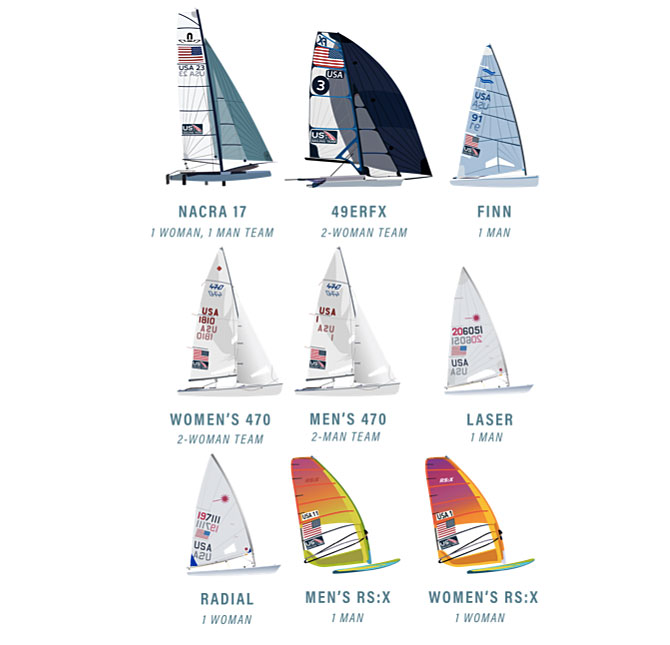
The U.S. Sailing Team, after narrowly missing national qualification in the Men’s 49er class, competed in 9 of 10 categories and gave their best. In the end, whatever the reasons were, the team returned home highly disappointed. The hope for the future was eloquently and honestly expressed by Paul Cayard, Executive Director of U.S. Olympic Sailing, in his Open Letter on Tokyo 2020.
As someone once said, “Let your hopes, not your hurts, shape your future.” In this spirit, I want to put a spotlight on the hope that a new additional class of boats and races would be added to future Olympics. It is the Mixed Two Person Offshore Keelboat, a.k.a. Doublehanded Distance Races.
If we look at the boats and boards that are a part of Olympics 2020 sailing, they all are originally designed for great fun on the water and are now also being used in sports competitions. I often wonder what is meant by “water sports.” One internet travel and activity site lists 22 “Water Sports” for us to try. On the top of their page, they have a 23rd picture, but not a reference to, kiteboarding, the only one of these “water sports” that will make it to the Paris 2024 Olympics. Although it is hard to read the mind of the IOC, I sincerely hope that I will not see the day when the IOC selects one of them for the Olympics. However, it’s a vastly different story when it comes to Offshore Keelboats. I honestly cannot understand how come we don’t have Offshore Keelboats in the Olympics. It presents one of the ultimate tests of human endurance, physical skills, and decision-making while navigating and piloting a keelboat for offshore races. It is nothing less than a perfect sport for the Olympics. And, let’s face it, keelboats and yachts are hardly unknown to the Olympics. Keelboats were a part of the Olympic games between 1920 and 2012, with the exception of 1924, 1928, and 1944. Yachts were included between 1896 and 1952, and that too with the exception of three years.
Why is the IOC not bringing back keelboats?
U.S. Sailing explains the events surrounding the proposal to include Mixed Two Person Offshore Keelboat races as follows: “While initially proposed as the 10th event for the Paris 2024 Olympic Games, in December 2020 the IOC [International Olympic Committee] advised World Sailing that a further review into the Mixed Offshore event would be undertaken to properly assess key considerations around safety and security of the athletes.
“Further updates from the IOC in April 2021 specified that the proposal continued to be reviewed, consistent with the approach taken for other sports, and highlighted challenges for the Mixed Offshore Event existing in the areas of Field of Play security, scope and complexity, broadcast cost and complexity, and World Sailing not having the opportunity to deliver an Offshore World Championship.
“As a result of this final IOC assessment, the Mixed Offshore Event was not chosen for the Paris 2024 slate, but the class remains active with many racing opportunities.”
Pleasure boat usage around the world has exploded and its technology has been growing by leaps and bounds. Usage of high-tech foiling-type boats are taking off, such as in America’s Cup and SailGP. It is just a matter of time before smaller and more affordable versions are introduced in the market. Eventually, the IOC may feel that they are behind the curve a bit. In addition, Offshore Keelboat races have been all around us in the U.S., as well as around the world, for years.
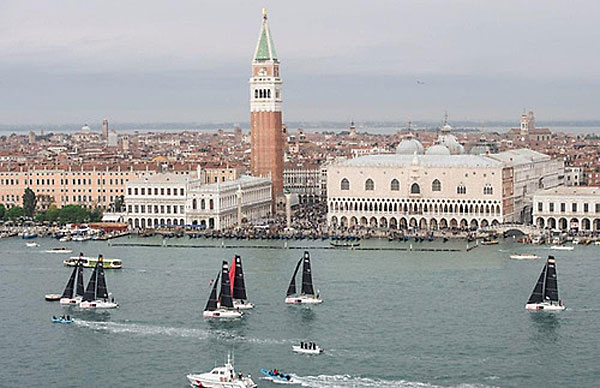
While the IOC is “concerned” about a few “issues” which are non-issue issues in the boating world, boating life on local and international waters is still going on nicely. The HEMPEL 2021 Offshore World Championship will take place Sept 15-26, 2021, starting in Brindisi, Italy, and ending in Venice, Italy, a distance of around 380 nautical miles. The event is being held under the authority of the Italian Sailing Federation in cooperation with the European Sailing Federation (EUROSAF) and World Sailing. I am sure that when it comes to IOC concerns such as safety and security of athletes, organizers of the events are equally cognizant and well prepared for it. Perhaps only the IOC is not aware of the scope and complexity of all of the similar boat races taking place around the world and how they are being handled and challenges overcome.
It seems that another concern of the IOC is the broadcast cost and complexity; that, too, has already been resolved by ongoing sailboat race organizers. On-board cameras, as well as drones and great event tracking software on phones, have been used in many races successfully. In other words, event tracking technology usage in boat races is already happening.
So what is the reason for such a statement? Could the IOC be too busy with youth-oriented sports, like skateboarding competitions, and missing the reality of the boating world around them?
Care to watch Two Person Offshore races?
So who would care to watch the proposed new Olympics event of Mixed Two Person Offshore Keelboat Races?
Let’s start with a type of boat that we do not own and perhaps never dreamed of owning, but fondly watched its races between late 2020 and early 2021. They are the AC75 high-performance foiling boats of the 36th America’s Cup races that took place in Auckland, New Zealand. To start with, the 36th America’s Cup boats are 75-feet long and 16-feet wide. But they’re also light, which is crucial because the AC75 is designed to fly—in this year’s races, American Magic’s Patriot registered an unimaginable top speed of 53.3 knots ( 98.7116 km) per hour. It’s also different—rather than a keel, a brand new concept keeps it standing. Foil Cant Arms move under, or outside, the boat to provide the leverage it needs to stay upright.
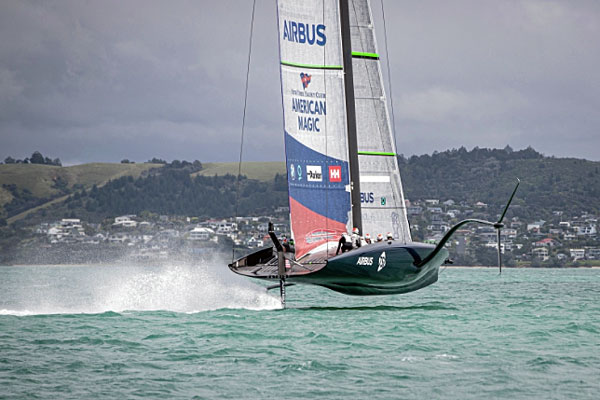
According to official figures, the 36th America’s Cup presented by PRADA achieved its clear broadcast and viewership objectives as the most-watched America’s Cup ever. Analysis undertaken by Nielsen revealed that between November 2020 – March 2021, the event reached a total global TV and live streaming audience of 941 million people. Adults and kids alike enjoyed watching it. Here is a shameless plug—our sister property The Boating Chronicle took part in coverage provided to the US and international audiences. Just for the record, America’s Cup race is much older than the Olympics. It is 170 years old and the oldest trophy in international sport, predating the modern Olympic Games by 45 years. They must know something that the IOC does not know yet.
Oh, by the way, here are some tips for the offshore boating skeptics at the IOC, as well as our readers in the US and around the world. If you missed the 36th America’s Cup, it is not too late to relive the events. You can also watch the action through a very interesting angle at America’s Cup Virtual Eye. You can even download and play a virtual America’s Cup race at eAmerica’s Cup. If you want to capture the ultimate virtual battle for World Championship glory and challenge the world’s best sailors, I recommend that you try e-Sailing. The eSailing World Championship is the official eSailing game of the World Governing Body for the sport of Sailing. In other words, although they, too, would enjoy it immensely, it is not a child’s game.
Here is a taste of some Sail Grand Prix (SailGP)
So, who around the world would watch the Mixed Two Person Offshore Keelboat Sailing events of the Olympics, each perhaps lasting 3 days and 2 nights? Would America’s Cup fans take an interest and watch these highly dramatic live events or reruns of them and medal ceremonies on their TVs, tablets, and telephones on broadcast or social media channels? Yes, they would. It would be the most earnest, unscripted International Reality TV show ever.
How about all the boat owners and boating enthusiasts? As per the National Marine Manufacturers Association (NMMA), as of 2019 there were 11,878,542 registered boats in the U.S. Of those boats, 95% are towable boats, meaning that they are smaller than 26 feet. Then, feel free to add other nations’ boats into the mix. In other words, we are looking at millions of small boat owners around the world who are not necessarily rich and privileged, as some may think.
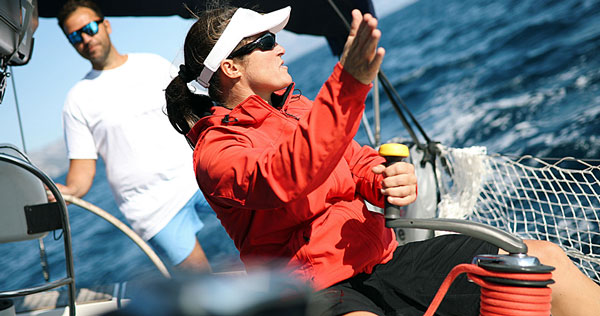
Are there enough boats and sailors for the race?
Offshore sailing is a universal knowledge that has been around for centuries. Every nation can participate in it, even if they have no shores on the open seas. If tropical nations can participate in the Winter Olympics, then any nation that wants to can participate in the Mixed Two Person Offshore Keelboat races. Offshore racing has been around for a very long time, from a most challenging type, such as Single-Handed Around the World Races, to other types of boat races that are logistically easy for the boat owners. It is all taking place all around the world. It has been tried and proven to be a safe and secure racing format.
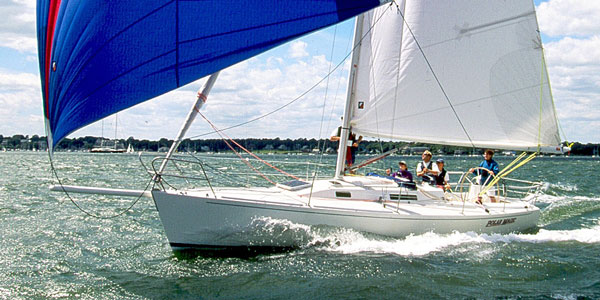
As experts are pointing out, when it comes to the Olympics, one boat design—the J/105—may be a good fit. Apparently, they are already available all around the world and are easily accessible as charter boats. In the U.S. alone, the J/105 Class boats have been used in regattas for over 15 years. As initially proposed by World Sailing, once the qualification races are completed, 15 or so nations representing all continents would use identical boats provided by the IOC. This would ensure equality and avoid having racing nations investing money in boats to enhance them technically in order to gain an advantage. Does that sound a little bit like NASCAR? While NASCAR’s regulations require teams and manufacturers to comply with a stringent set of specifications, what distinguishes between the different NASCAR cars are their engines and body shells and, of course, the drivers. Components such as tires, suspension, fuel and fuel systems, electronics, and transmission are, however, identical. In the case of sailboats, what would distinguish between them would be the race conditions at sea and, of course, the skills of the men and women sailors.
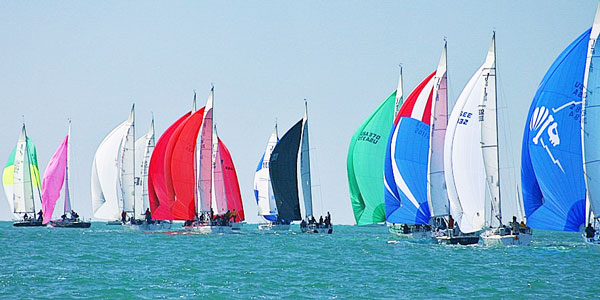
Testing the waters
In 2019, World Sailing proposed their innovative Mixed Two Person Offshore Race events to the IOC. If it had been accepted, it would have been the first time in sailing’s Olympic history that a Mixed Two Person Offshore Keelboat event was held in Olympic Sailing Competitions. Mix crew is defined as one male and one female on each team.
The sailing community hoped that the event would be included in the Paris 2024 Olympics. Well, unfortunately, as I explained earlier, the Mixed Two Person Offshore Keelboat competition did not have a chance to join kiteboarding, windsurfing, multihulls, and singlehanded and doublehanded dinghies and skiffs, promoting the diversity of the sport. If it had been included in the Olympic competitions, this innovative 21st-century addition would support World Sailing’s desire to promote and grow universality in all disciplines and increase female participation with gender-equal medals and athletes.

Well, in 2019, the initial proposal year to the IOC, as well as in 2020 and now 2021, the Annapolis Yacht Club (AYC) in Maryland has arranged these new Mixed Two Person Offshore races. To me, AYC, being the organizer of the Annapolis to Newport Race, is one of the best Yacht Clubs to spearhead this innovative concept, a marriage made in nautical heaven. Further, it’s in Annapolis, America’s sailing capital, which has many races, such as the internationally well-known Annapolis to Bermuda Race organized by the Eastport Yacht Club.
Annapolis Yacht Club Testing the Mixed Two Person Keelboat Offshore event in 2019
I wanted to find out more about their events. So I reached out to Kathy Parks, chairperson of the AYC Mixed Two Person Offshore Race event. I asked why AYC decided to organize the 2019 event before it was added to the Olympics. Kathy said, “As soon as we heard the initial proposal of World Sailing to the IOC, we wanted the Annapolis Yacht Club to be involved because we do consider ourselves a sailing center. It would be an addition to our Annapolis to Newport race. So, we decided to test and start with a 24-hour race, approximately 100 miles. We really hadn’t had too many doublehanded offshore races. So we just thought, this is a great way to help Americans to get familiar with the doublehanded sport. In addition, Mixed Two Person Offshore sailing is very good because it’s really opening up opportunities for women. We are very interested in gender equity. We have a very large fleet of J/105s that are owned by our members, and J/105s are a very good boat for doublehandling. And so our members were kind enough to loan boats to men and women who came from all over the country, and some locals, for our first race in 2019.”
Randy Smyth, an American competitive sailor, two-time Olympic silver medalist, and author of 3 sailing books, attended the events in 2019 and later AYC’s 2020 events. In addition, the U.S. Naval Academy sent midshipmen and the prestigious Oakcliff Sailing Center sent teams every year.
Mixed Two Person Offshore Race
That first race had 7 boats of the J/105 class with gender requirements and 10 boats of the ORC class racing in a handicap category on boats from 29 to 50 feet without gender requirements. If we look at that race in Olympics terms, technically speaking, the gold medal in the J/105 Class would go to the woman and man team of Mirage (USA 328), the silver medal to Avenger (USA 676), and the bronze medal to Peregrine (USA 252) . Likewise in the ORC class handicap category, the crew of Vichingo (Italy 17261) would get the gold, Abientot (USA 42979) silver, and Hornet (USA 45) would get the bronze.
As the news of talks with the IOC and the potential inclusion of the Mixed Two Person Offshore Race in Paris 2024 started to be widely circulated, many of the 2019 racing crews returned in 2020 to be included in the races.
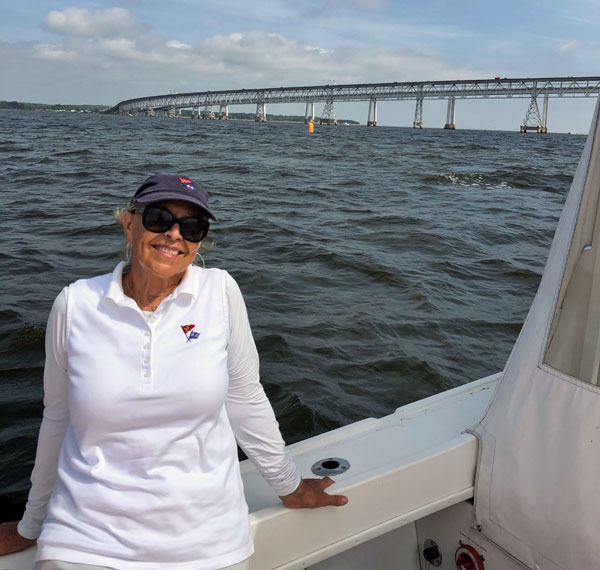
Explaining the 2020 races, Kathy said, “So we went from 17 boats to 37 boats, and of course last year was all COVID. So we had no shoreside events. Everything, the competitors’ meeting, weather briefing, and awards were all done over Zoom, but we still had great participation. And of course, doublehanded is safer than racing with eight people during COVID.”
The Club wanted to be involved with this new Olympics event and wanted to provide a special race where most clubs added a doublehanded division to their regular race, like AYC’s Annapolis to Newport race has a doublehanded division. Kathy shared an interesting insight relating to doublehanded races. All the media coverage and doublehanded races spearheaded interest in doublehanded sailing and whether it’s an Olympic event or not. She said, “I believe it’s a growing sport. So what I’m seeing is for our race, for our 37 boats, probably a third of them were mixed double teams with younger people that were aspiring for the Olympics. And probably a third or more were people who usually race with six or eight crew, what we would call fully crewed boats, but they liked the idea of just racing with two.”
Why are 2 person crew races more challenging?
Kathy explained that in fact it’s more challenging and 2 person crews have much more to do when they are racing a large boat. Typically some members of an 8 person crew might be “sitting on the rail,” as it’s referred to, when most of a person’s time is spent sitting around and pulling a few lines from time to time.
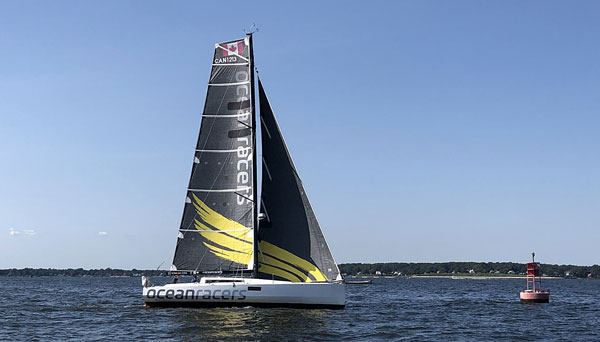
In the case of racing doublehanded, each crew member has a lot more to do, such as piloting, putting sails up, navigation, or taking care of food and nutrition. Then if it’s an overnight race, you need to follow a rotating schedule and decide who’s going to do what, when, and execute that plan. So it appears that a lot of people who normally sail with many people on their crew just like to do a couple races a year where they’re just racing with a 2 person crew and like that the best.
Kathy said, “And then the third group of people are people who buy boats and set them up for only doublehanded sailing. There’s a lot of people for a lot of reasons. It gets tiring, always having to coordinate crews with 8 people, dealing with cancellations, and so on. It’s just nice to do doublehanded. So I think whether the Olympics ever decides to have this event, I still think that it’s a growing event around the country and around the world.” She added, “We were very excited about the offshore and we felt that it absolutely could have been done because we felt the boat builders are building boats for doublehanded. And so the boatbuilders would have provided the boats.
2019, Pogo 12.50 – Hermes in action
“The type of doublehanded boat that would have been chosen was supposed to be a very simple boat so that the community didn’t want people going out and buying that kind of boat and becoming an expert on that boat. They just want good all around sailors, very athletic.”
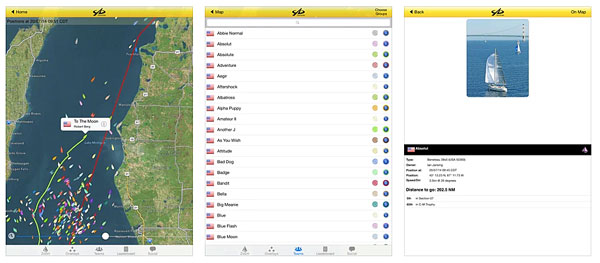
AYC’s Doublehanded Distance Race has been electronically tracked by people around the world using applications such as YB Races on tablets and phones.
Boating enthusiasts found it to be very interesting, myself being one of them. Kathy, referring to some other races around the world said, “Racers are also broadcasting from the boats, they’re live streaming, which is very fun to watch. So we just felt like all of it was doable. In fact, the technology was going to lend a new dimension allowing you to, if you wish, watch it for 24 hours during the race. You could go on and watch it when it was convenient for you, not at 11 o’clock at night, as it may be scheduled on the broadcast. In short, we really were disappointed and surprised, but I will tell you this. I think the French may possibly do an exhibition of mixed doublehanded sailing anyway.”
My wife and I are destination powerboat cruisers. We visit onshore locations in the US and love spending time with their local community. However, just like most boaters that we know, we both enjoy sailboats and definitely sailboat races. We are hoping that sometime very soon the IOC sees that the world boating market and its community is very big and going very strong without the IOC, and decides to jump into the boat (pun intended) to deliver another world-class event, Mixed Two Person Offshore Races.
Well, that’s it for now. Stay well. I hope to say hello to you if you spot my boat, Life’s AOK, in one of the locations that I’m hoping to visit in 2021, that is if Coronavirus permits us.
I bid you Fair Winds and Following Seas.
Cover photo: Tokyo 2020 Olympics. Photo by IOC Media
6 things I learned
- As a power boater, I am learning something about sailboats every day. It turns out that J/105 sailboats, with their large cockpit combined with a simple 4-berth week-ending layout, results in two significant owner benefits: (1) a savings on in little-used furniture, systems, and cabinetry needed for extended cruising, and (2) a boat that’s easier to handle, more comfortable in waves, and more fun to sail for its size. A potential great pick for the Olympics! Here are the J/105 boat vital statistics and more.
- Man who designed Laser sailboats, sailed by kids and Tokyo 2020 Olympians alike, dies in Norwalk at 92
- List of Olympic medalists in sailing by discipline
- Sailing at the Summer Olympics
- International Olympic Committee
- SailGP appliaction in the app stores. App Features:
- Live data and video feeds
- Video and race stats side by side
- Change viewing angle and zoom in on the action
- Live leaderboard
- Fully customizable – switch teams, change camera angles and select data feeds
- Switch off spoilers for fans across multiple time zones
- Instructional tooltips – answers at your fingertips
1 thing I recommend
- As much as the IOC claims that they are not political, they are, and do respond to political pressure, be it by politicians or by industry lobbies. In this case, industry as well as pressure from all boating organizations in unison is called for. Just put on the pressure, relentlessly.
How easy?
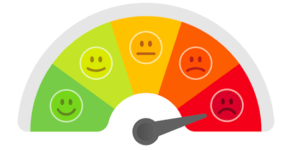
An old promotional video dated 2019. Mixed Two Person Offshore Races was proposed to the International Olympic Committee (IOC) as the 10th sailing event for the Paris 2024 Olympic Games. The proposal has been rejected by the IOC in favor of kiteboarding.
In December 2020, the IOC advised World Sailing that a further review into the Mixed Offshore event would be undertaken to properly assess key considerations around the safety and security of the athletes. The IOC, in April 2021, specified that the proposal continued to be reviewed, consistent with the approach taken for other sports, and highlighted challenges for the Mixed Offshore Event existing in the areas of Field of Play security, scope and complexity, broadcast cost and complexity, and World Sailing not having the opportunity to deliver an Offshore World Championship.
